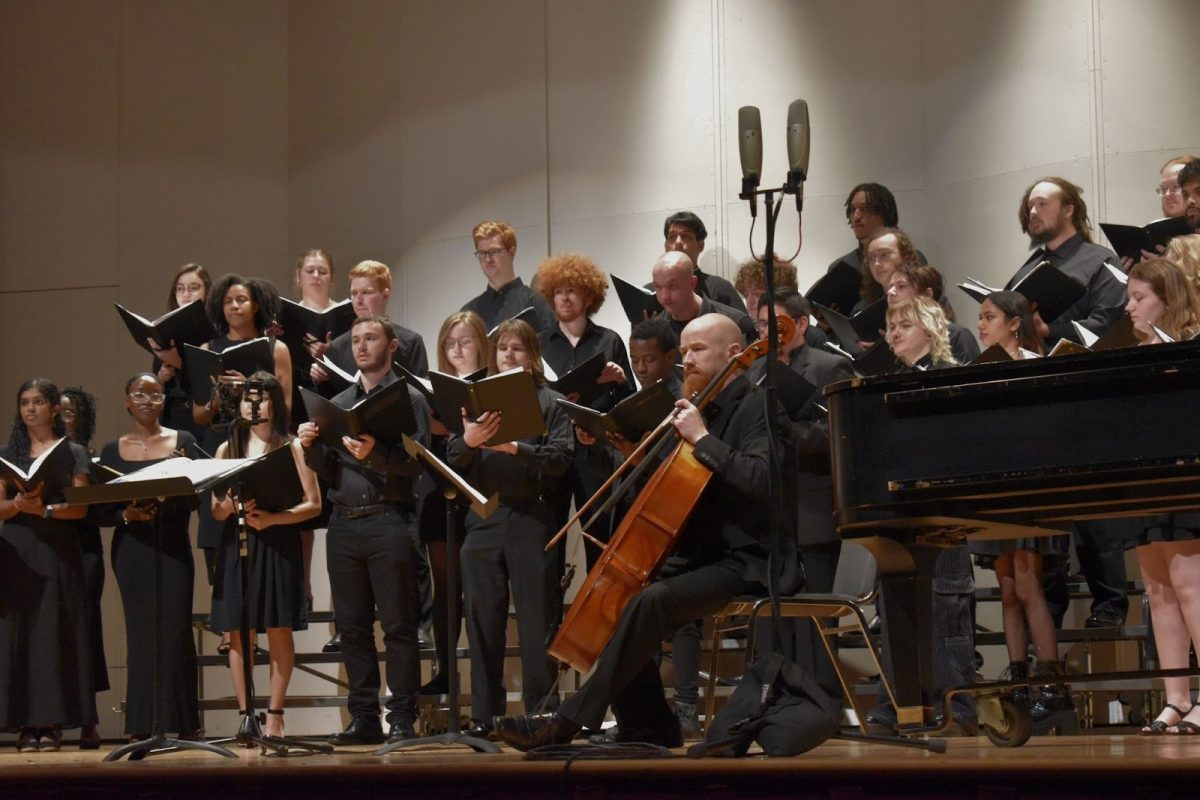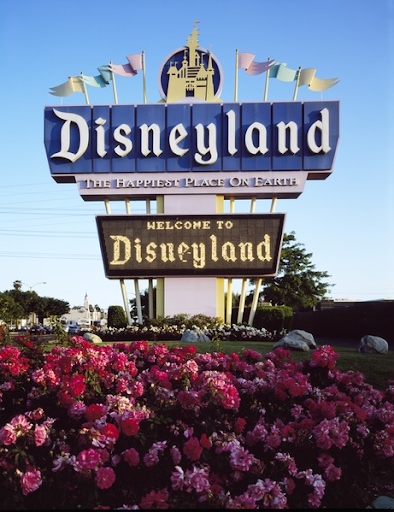Wherever you go on campus, you are bound to find some type of student artwork, be it one of the campus’ numerous art installations or simply drawn onto a desk in Sharpie marker.
From art majors to biology majors, many students find art to be a powerful means of self-expression, with graffiti standing out as a popular art form.
“For Christmas, sophomore year (of high school), I asked for an air compressor and an airbrush,” said sophomore Jackson Wagner, founder of his high school’s graffiti class. “I don’t know if that’s a weird request, but I was so giddy about it.”
The term “graffiti” itself can actually be traced back to 1851 when it was used to describe the inscriptions that appeared on the walls of ancient ruins in Rome and Pompeii. It has since evolved to include any graphic that is placed in a public area as an act of vandalism, often done with spray paint.
Graffiti arose in U.S. culture in the 1960s as New York City’s youth inscribed their names onto public areas, otherwise known as “tagging.” Thereafter, hip-hop culture popularized street art in the ‘70s and ‘80s, despite the New York City government’s efforts to combat the art form.
“Graffiti really started making headway with trains,” said Wagner. “It’s the ultimate dream for a graffiti artist. When you put your tag up on a train, that train is going to go miles across the country and everyone will see your tag.”
Today, street art is commonly found in urban areas on buildings, bridges and railroad boxcars.
“It is art working outside the traditional framework of the museum/gallery,” said Assistant Professor of Art Mark Dixon in an email interview. “It is art that is encountered by people who were not expecting to encounter art. It is creativity having an impact on a bland and conservative public setting.”
Graffiti artists typically go through an artistic process as they plan and create their piece.
“I have a routine that always involves listening to classic punk from the ‘70s,” said Wagner. “I don’t worry about anything. There’s nothing on my mind. It’s just me and my canvas.”
“I always wear a hoodie no matter how hot it is, because you don’t want to be noticed or identified by anyone,” said a Guilford College graffiti artist known as “Talls” via email.
In order for this unconventional art form to exist on our campus, there are several designated locations where students may legally post their artwork.
Guilford’s lakeside Graffiti Wall has proven to be a creative outlet for student graffiti artists.
“I love that Guilford has the Graffiti Wall for students to use,” said “Talls.” “You can work on your pieces a lot longer and not worry about your surroundings when you have a free and legal wall to paint.”
Less than 50 feet from the graffiti wall is a shed, which is also covered in graffiti, acting as an extension of the wall. Other than these two designated areas, graffiti can be found throughout the woods on trees, rocks and even sewage tanks.
“My inspiration comes from life and things around me,” said junior and graffiti artist Conway Boyce. “Sometimes I’ll look at trees and get ideas for what lines to draw based upon branches that I see.”
This method of creative self-expression is important to our campus as it enhances the aesthetics of the lake and woods area. Our school is unique in that students have the ability to artistically express themselves in this alternative way. It is something you will not find at schools like High Point or Elon University.
“It’s something you can call your own,” said sophomore and resident graffiti artist Timmy Barrows.
[photomosaic nggid=164]






